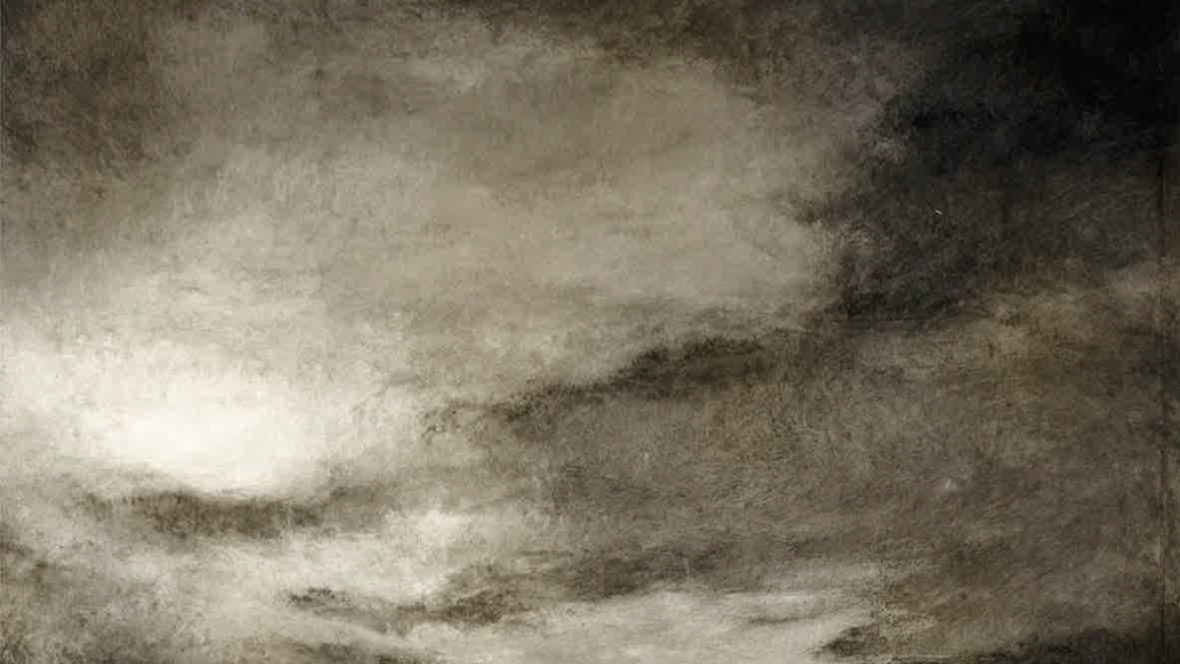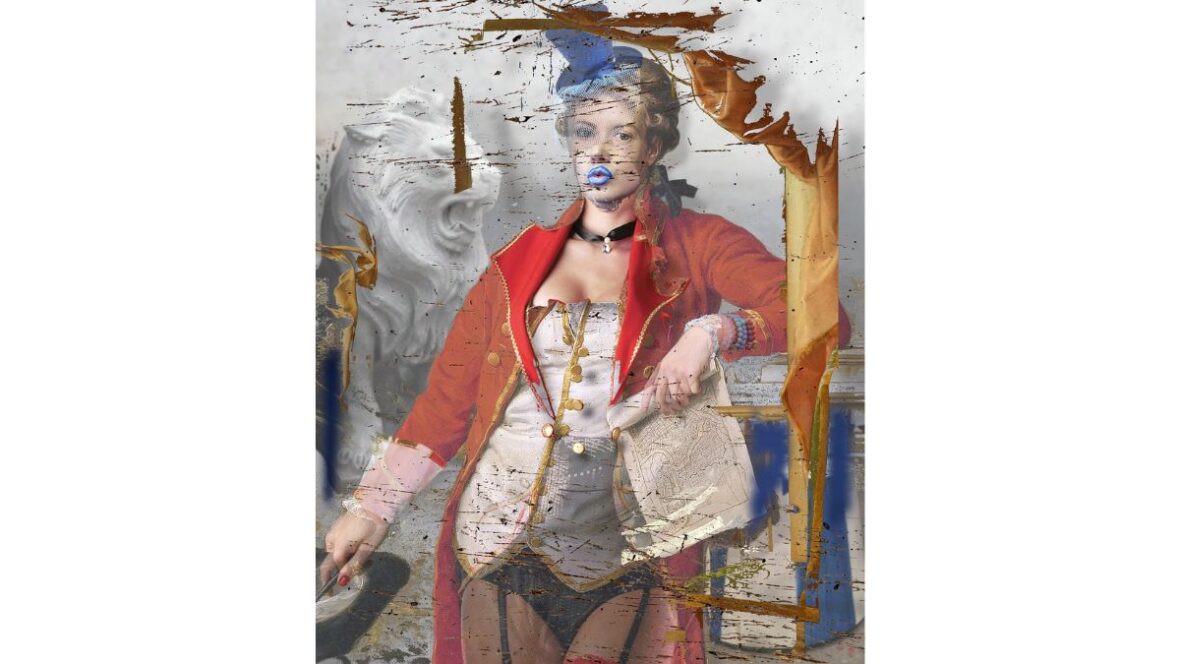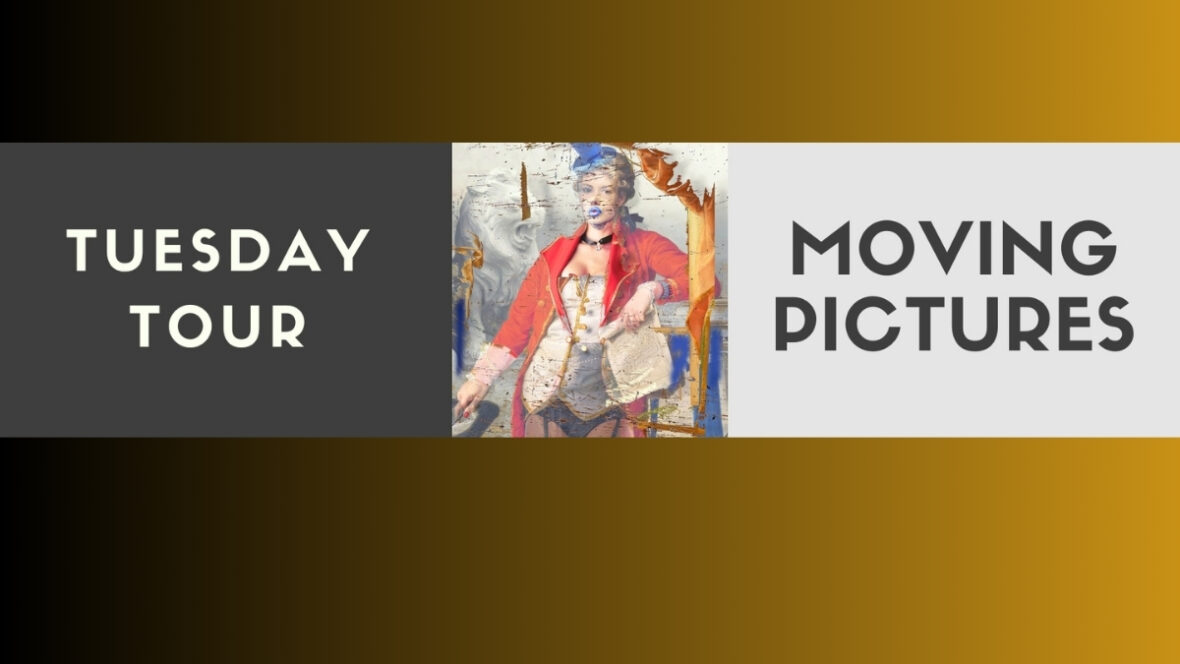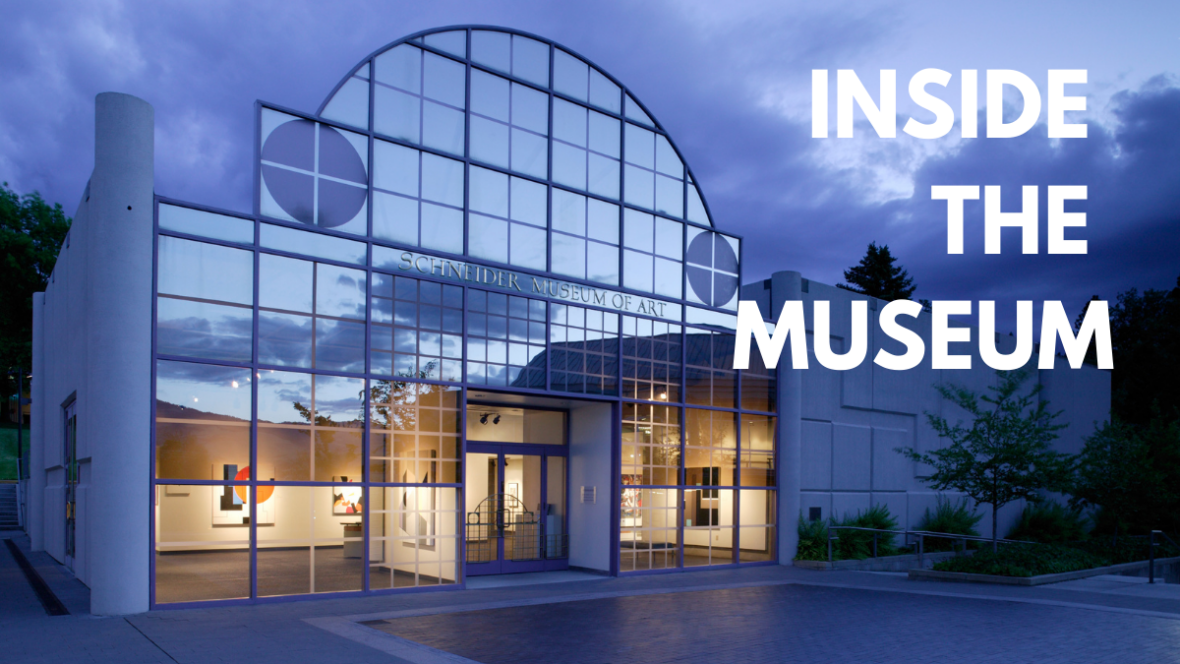Kay French:
Around the Curve
Artist Bio
Kay French is a Portland painter whose work focuses on scenes of the Northwest landscape and ocean. From a formal point of view, French’s work seems to be informed by the Romantic tradition of English landscape painters such as Turner and Constable. In her work is that “sublime” quality of the forces of nature that dwarf the power of humanity by comparison. However, as the title of her exhibition (Around the Curve) implied, her work is an exploration of the landscape that represents simultaneous concrete and abstract realities, exterior and interior spaces, and provide another avenue of human experience. This title for the exhibition was derived by the artist from her thoughts on her work in comparison with a turn of the century scientific theory that held the earth was hollow. According to this theory, one could theoretically enter the center of the earth at the poles, “around the curve” so to speak, into another dimension of reality. Hence, her work explores the dimension of reality that is “around the curve” where objective and subjective reality are melded by the imagination of the artists and the scientist into a new form of human perception. The exhibition featured 20-25 paintings and was accompanied by the text of the turn of the century scientific theory. Kay is a recipient of a visual artist fellowship from the Western States Arts Federation and is represented by the Pilliam-Deffenbaugh Gallery in Portland, Oregon.
Artist Statement
In March of 1996 I came across a book called The Phantom of the Poles. It was written in 1906 by an eccentric pseudo scientist named William Reed. The author’s intent was to use the writings of early explorers to explain some of the natural phenomenon witnessed at the poles. I am sometimes a haphazard reader, picking a page here or there in random order, searching for images mostly. Read this way, however, this book was making no sense to me. Finally, in frustration I started at the beginning. I was amazed when I realized that the author was using the descriptions of arctic explorers to prove his theory that the earth was hollow. The openings, he believed, to this interior space were at the north and south poles. These openings explained all kinds of phenomena from the aurora borealis to why compasses didn’t work at the poles. The “reason,” of course, is that ships were sailing. “around the curve” into the interior of the earth. There are terrific illustrations too.
My practical, reasonable side said I should discard this book, but I found it too appealing. To me, William Reed represented the flip side of scientific truth. Although no one knew for sure at that time what was under the poles, most scientists held a very different view. He was what one would call an eccentric, something of a nut, but a nut in possession of a poetic image of an impossible, interior space. I have read weather books and descriptions of the desert, the arctic or Antarctic for these do not seem real to me, places where the usual rules of light and weather are turned about. While I paint I do not have a specific place in mind. Instead I am searching for some particular quality of light, land and water that describes the conflicting emotions I feel of dark and light and of fears and hopes, a place that is both fictional and true. Even though I found the book very funny it also took on a more spiritual significance for me. It gave me a connection between the real, exterior world and another more spiritual, interior one. It gave me a place to go that was just “around the curve.”
Artist
Kay French



